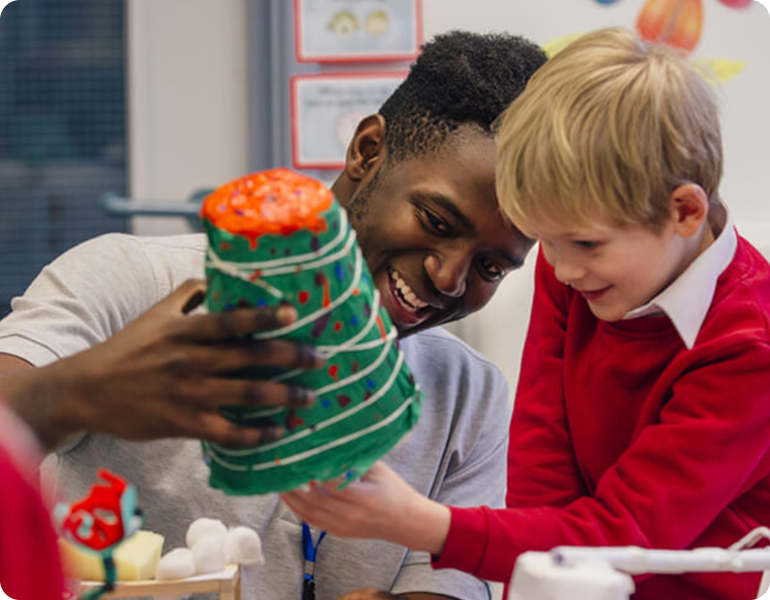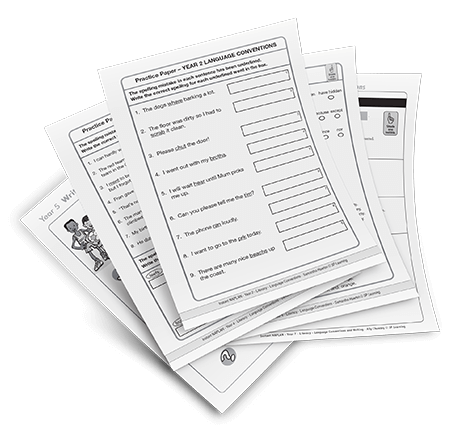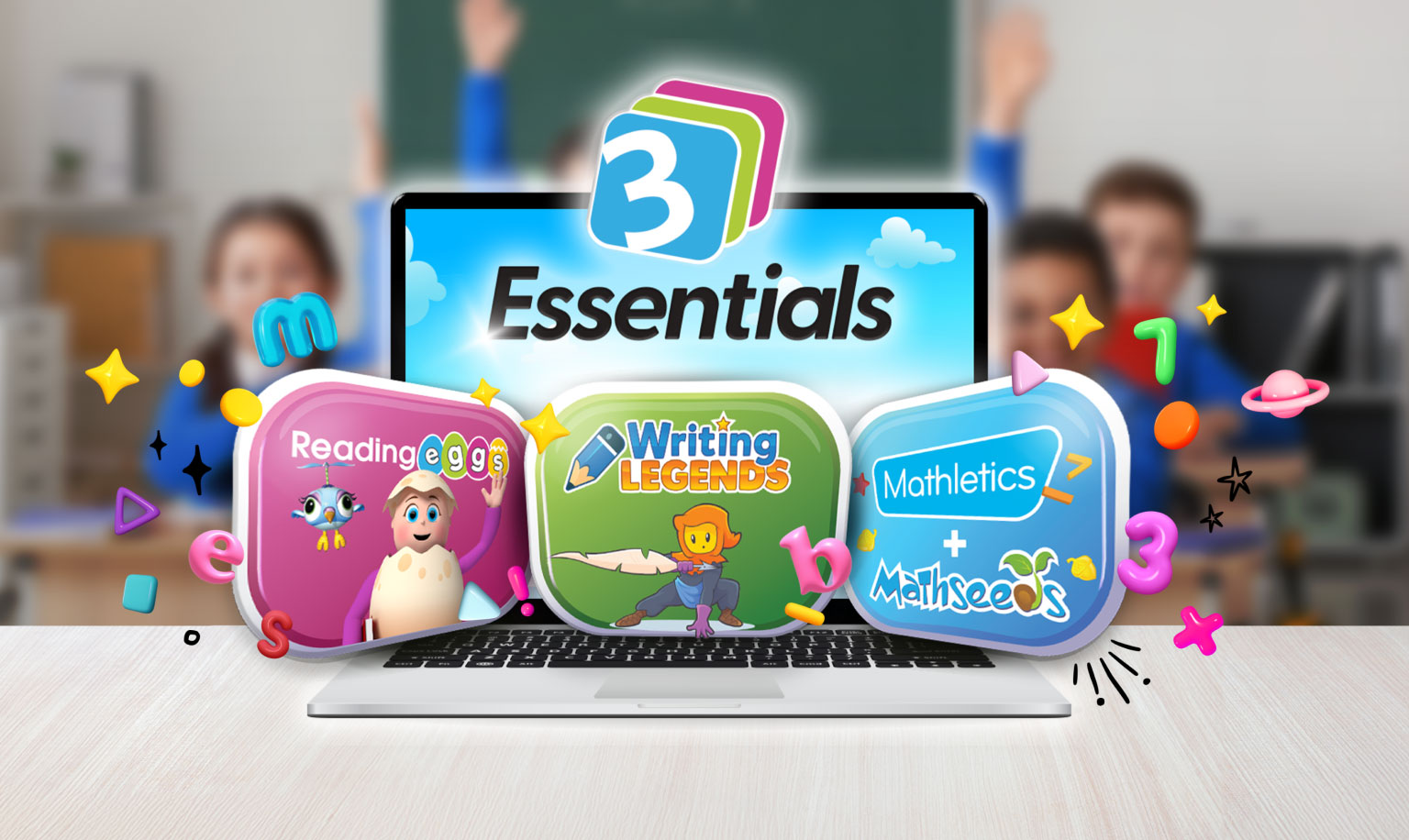
“I’m so bad at this.”
“I just can’t do it.”
“I’m going to fail.”
The self-defeating talk we sometimes hear in our classrooms isn’t just melodrama. It’s the product of a fixed mindset – the belief that skills and intelligence are static and cannot be improved with effort.
It’s the mortal enemy of student progress.
If we want our students to succeed, we need to show them that effort does make a difference. This is the growth mindset. It’s what we see in students who thrive on challenge and perceive failure as an invitation to try again until they get it right.
So how do we foster a growth mindset in our classrooms?
We’ve compiled 4 strategies for making the switch in your classroom. Put these into practice and you’ll be empowering your students with a whole new approach to living as well as learning.
Praise effort rather than intelligence
Praising intelligence exclusively will reinforce the myth that it is a fixed trait. Instead, develop a growth mindset in your classroom by celebrating effort and persistence.
Here’s how you reframe your feedback:
Fixed mindset: That was a smart way to solve the problem.
Growth mindset: I love the way you tried new strategies to solve the problem.
Fixed mindset: You’re a natural reader!
Growth mindset: I can tell you’ve been working hard. Your reading has really improved!
Actively model growth mindset language in the classroom
Explain how the human brain is capable of growth in a way that students can understand. Make the analogy that the brain is like a muscle that can be strengthened with regular exercise.
Keep an ear out for fixed mindset language in the classroom. Model how students might change a statement to focus on effort or new strategies. For example:
He’s so smart, I’ll never be that smart → With hard work, I can figure out how he does that.
I give up! → This way didn’t work; I’ll try something else.
One simple trick you can teach your students is to try adding “yet” to their sentence. This transforms a negative sentence into a positive one.
For example:
I can’t do this → I don’t know how to do this yet, but I will.
I don’t understand division → I don’t understand division yet, but I’ll keep working on it.
I’ll never get an A in spelling → I haven’t got an A yet, but I’ve improved my grades.
Task your students with creating a poster of growth mindset phrases to display in the classroom. You can ask them to choose a statement to describe how they feel about their learning after an assessment or activity.
Make self-reflection part of your classroom culture
Encourage your students to reflect on their own progress in a way that develops a growth mindset. After both formative and summative assessments, have students complete a written reflection. Some prompts could include:
- What problems did you predict when you started this activity?
- What problems took you by surprise?
- What did you do to overcome these challenges?
- What made you want to try these strategies?
- What do you think you might do differently next time?
- List 3 steps you are going to take to improve.
- What surprised you about your result and why?
Assessments aren’t the only opportunity for informal reflection. You could also have students do a brief verbal reflection as their exit ticket at the end of the week. Ask, “tell me about something that was hard this week. How did you keep going?”
Develop a classroom culture that values challenges
A growth mindset emerges when students realise that challenges present an opportunity to learn and grow. Promote new challenges in your classroom by:
Setting a weekly challenge activity
This doesn’t have to be tied to the curriculum. It could be a word problem, riddle, or brain teaser that invites students to think creatively. Don’t forget to reward students for original thinking as well as correct answers.
Reading and discussing stories of characters who overcome adversity
Discuss how the best stories come from people who persevere instead of giving up when things get tough.
Collaborative problem solving
Group students to tackle a tricky problem. Working together reduces the pressure felt by any one individual and shows students that they are not alone in facing difficulty.
Your classroom culture plays the biggest role in fostering a growth mindset. Turn it into a space that values persistence, reflection, and challenge. Your students won’t just grow – they’ll thrive.
Need help with growth mindset in your class?
We’ve got you covered. Check out what Science has to say about building trust with students or check out our range of teacher-picked mind-growing classroom resources:











